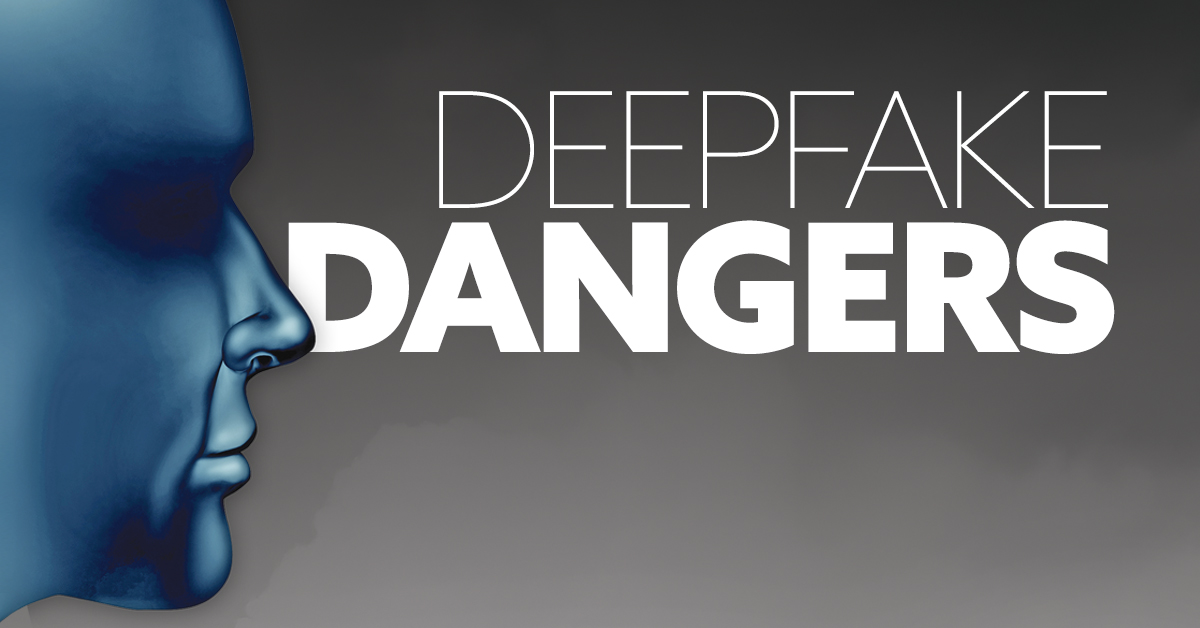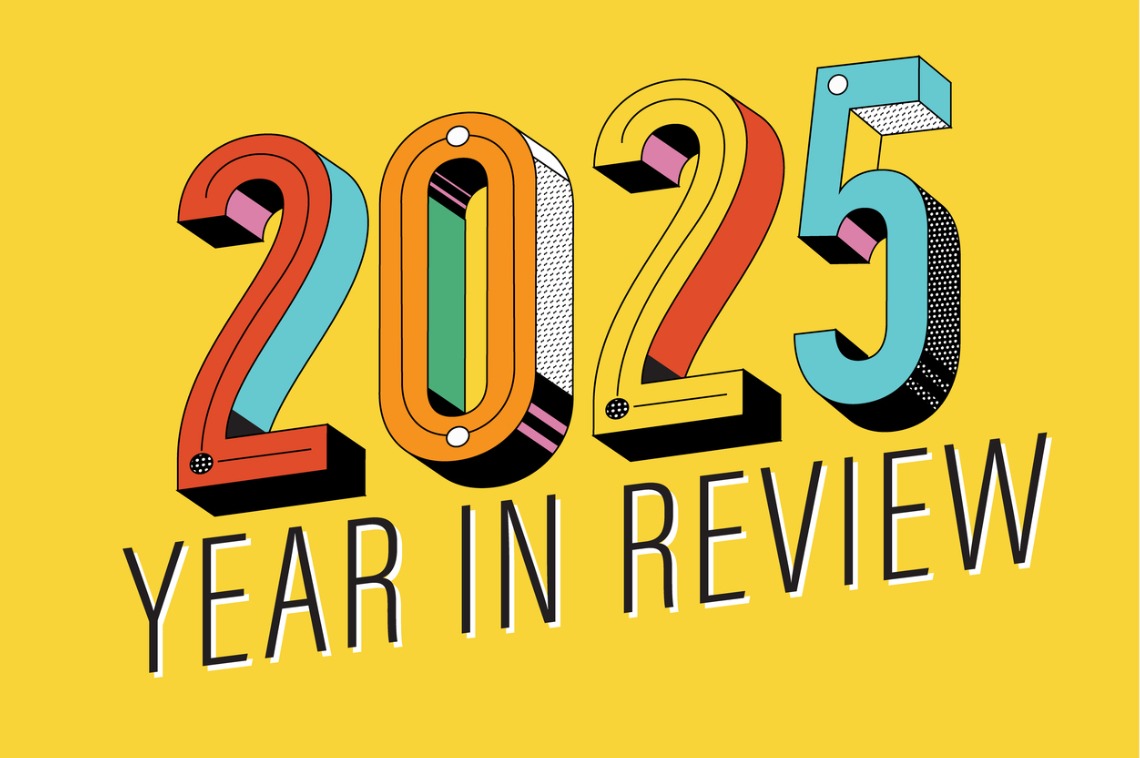N
ot long ago, real estate scams were relatively straightforward, involving forged deeds or stolen identities. But the game has changed dramatically in recent years. Today's real estate fraud is a sophisticated and high-tech affair, leveraging deepfakes to impersonate individuals with chilling accuracy.
Deepfakes are computer-generated images, videos, and voices that mimic real people so well that even seasoned professionals can't always tell the difference. In the fast-paced world of real estate, where deals often involve six- or seven-figure wire transfers based on trust and speed, deepfakes pose a significant risk.
As Mark Rasch, a data privacy expert, notes: "The entire real estate industry is built on trust. Deepfakes are engineered to exploit that trust." With just a few minutes of video footage and a small audio sample, criminals can clone your voice and face with remarkable accuracy. They can then animate the clone in real-time, creating a convincing fake version of yourself.
Imagine a scenario where a scammer poses as you on a Zoom call with your bank or title company, confirming wire transfers or signing closing documents. It sounds like science fiction, but it's happening. In one reported case, a finance worker was tricked into paying out $25 million to fraudsters after receiving what seemed to be a routine video call from their CFO – who wasn't real.
Similar schemes have been attempted in real estate, where the mechanics are the same: large amounts of money, remote communication, time pressures, and multiple participants. In one incident, a title company nearly sent hundreds of thousands of dollars to a scammer who posed as both buyer and seller. The fraudster spoofed the buyer's email and used an AI-generated voice to confirm wire instructions over the phone.
The tools for creating deepfakes are readily available, often free or cheap. Platforms like DeepFaceLab, ElevenLabs, and Resemble.ai can replicate someone's face or voice from a few audio clips. With a spoofed phone number and fake email account, you have a convincing identity ready to walk, talk, and send instructions that look and sound authentic.
Real estate transactions are particularly vulnerable due to their high-dollar nature and the reliance on remote communication. The increasing use of digital notarization, e-signatures, and online identification verification creates more attack surfaces. In a world where someone can "show up" on camera holding their identification, nodding, smiling, and speaking in a familiar voice – all fake – how do we know who we're really dealing with?
The legal landscape is murky, with laws like the Computer Fraud and Abuse Act and the federal wire fraud statute applying but not specifically addressing deepfakes. Courts are still grappling with questions of liability and what constitutes "reasonable" security protocols.
To protect yourself, verify critical information through known channels, don't rely on video or caller ID, and invest in training for your staff to recognize these scams. Technology can also help, such as liveness detection tools that check whether the face on the screen is responding to natural light, depth, and motion.
As deepfakes become more sophisticated, traditional methods of verifying identity will become less reliable. Real estate professionals must adapt by earning trust through deliberate verification, structured protocols, and a healthy dose of skepticism. The next time you receive a call from a client saying "go ahead and send the funds," ask yourself: Is this really them? Or is it just a really good fake?














